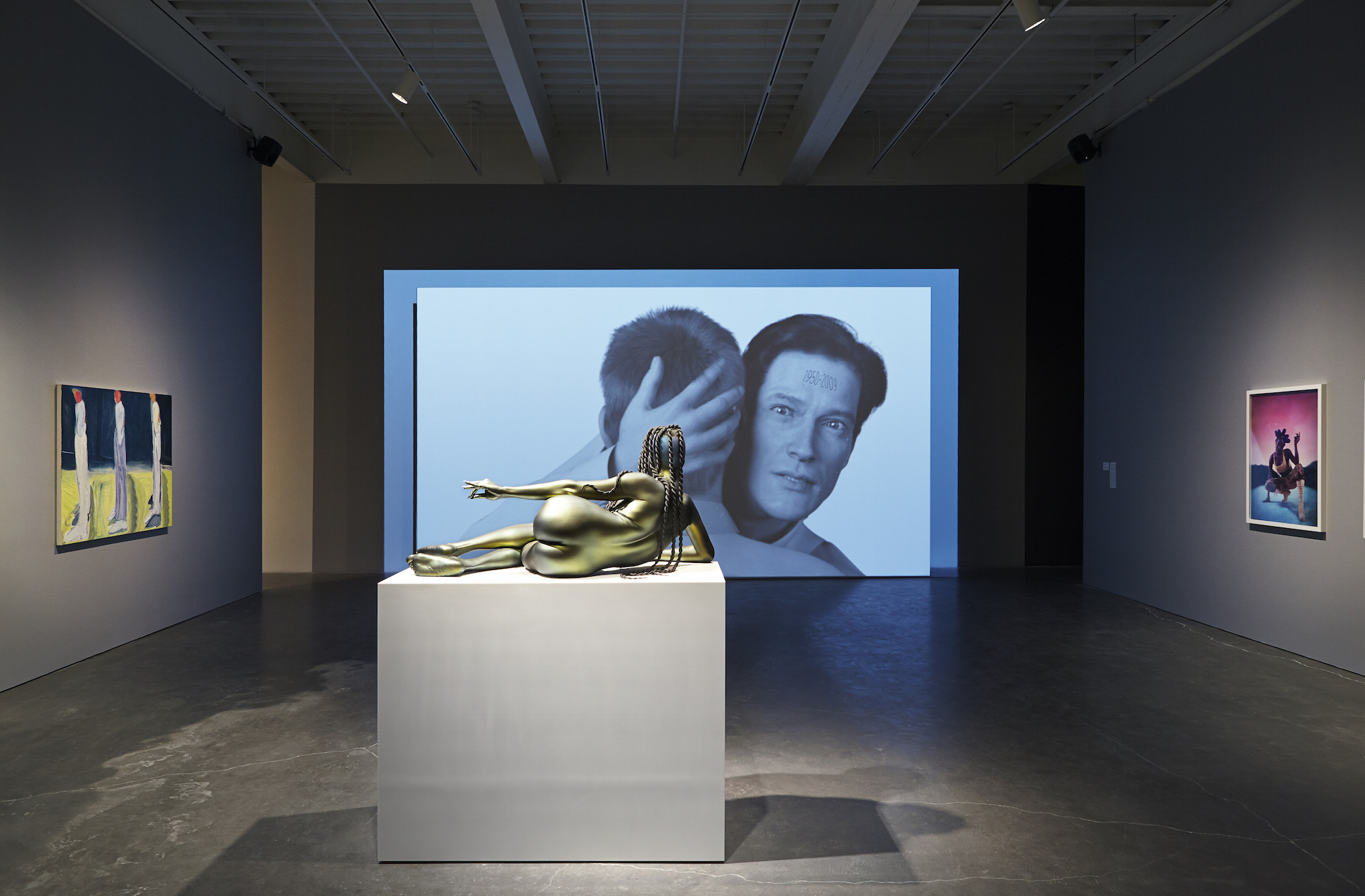Reviewing Surround Audience, the New Museum’s third Triennial (on view February 24 through May 24, 2015), is no easy task. The survey packs nearly 150 complex works by fifty-one artists into the downtown kunsthalle, requiring exceptional stamina or, for the rest of us, multiple visits. The exhibition’s focus on early-career artists (there is no longer an official age limit, but the vast majority of those included fall below the thirty-three year mark at which the first Triennial was capped) means that almost every work bears the burden of both introducing and standing in for an unfamiliar practice—an impossible task, not much helped by the bricks of artspeak-heavy wall text that strive to bridge the gap. One is tempted to simply praise the event as a model of inclusivity (twenty-six countries and six continents are represented) and opportunity for the selected young artists—more than half of whom were commissioned to make new work specifically for the Triennial, with seven of them receiving research and production residencies—and leave it at that.
On the other hand, at the level of curation, the model all but compels a critical response. While positioning itself as “predictive” rather than “retrospective,” the Triennial by no means presumes the posture of neutrality that the term “survey” might suggest. On the contrary, the “predictions” we encounter emerge from the highly particular perspectives and sensibilities of its organizers, New Museum curator Lauren Cornell and artist Ryan Trecartin. As Cornell notes in the foreword to The Animated Reader, an anthology of poetry published to accompany the exhibition (in addition to the catalogue), “when we were starting our research, I asked my co-curator Ryan Trecartin if he could define the main concerns in his work, thinking we could use them as a point of departure for developing themes to structure the show” (her emphasis). Trecartin’s answer, “Language and Humanity,” while no doubt sincere, hardly adumbrates the specific qualities of his video works—frenzied, kaleidoscopic funhouse mirrors of reality TV and the deeper strata of YouTube, replete with clownish characters howling in seemingly private languages. Sure enough, many strains of Trecartin’s aesthetic run throughout Surround Audience. They traverse a wide variety of themes and concerns, but nonetheless circumscribe a particular sphere of art production, the ongoing vitality of which it is the argument of this survey exhibition to predict.



